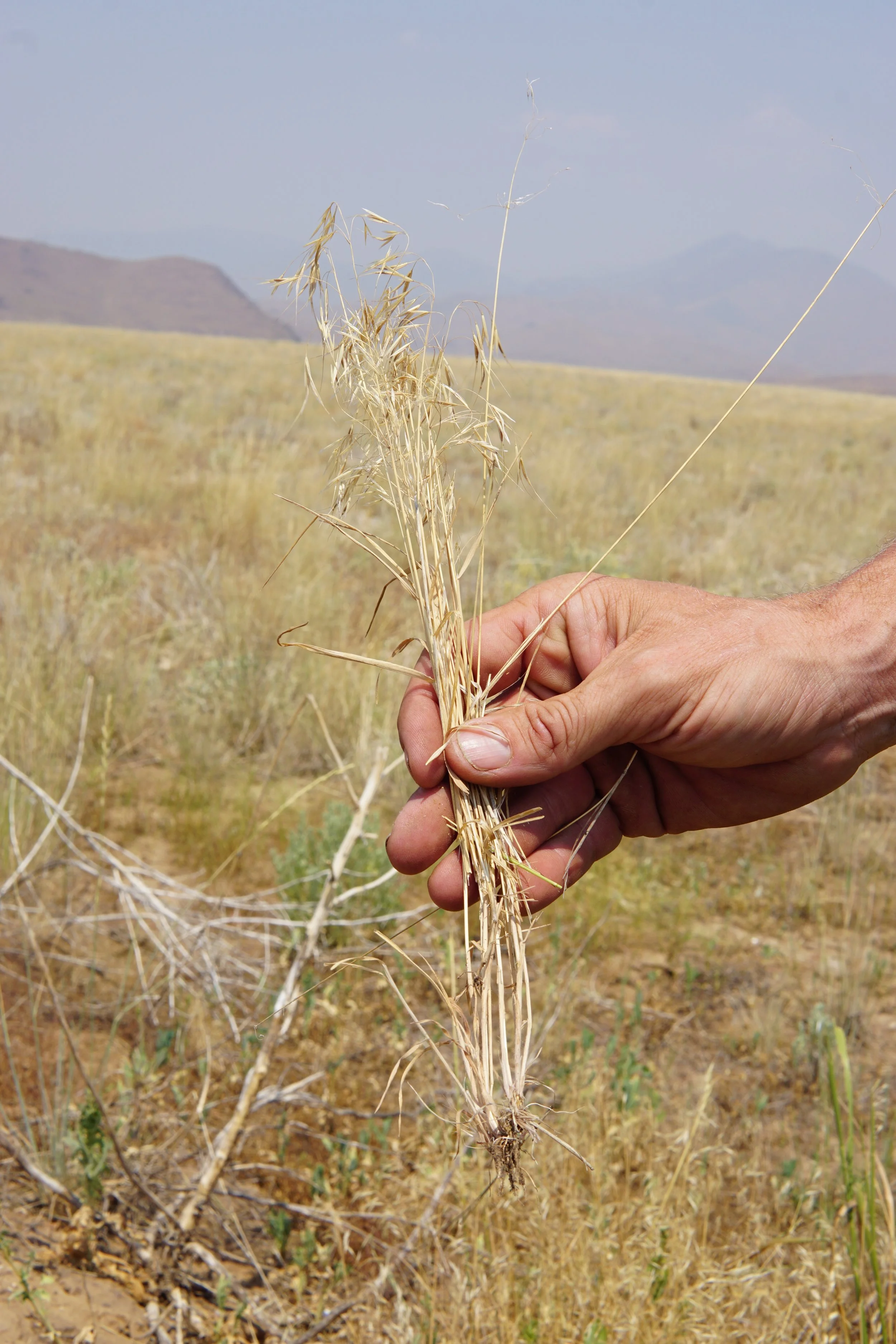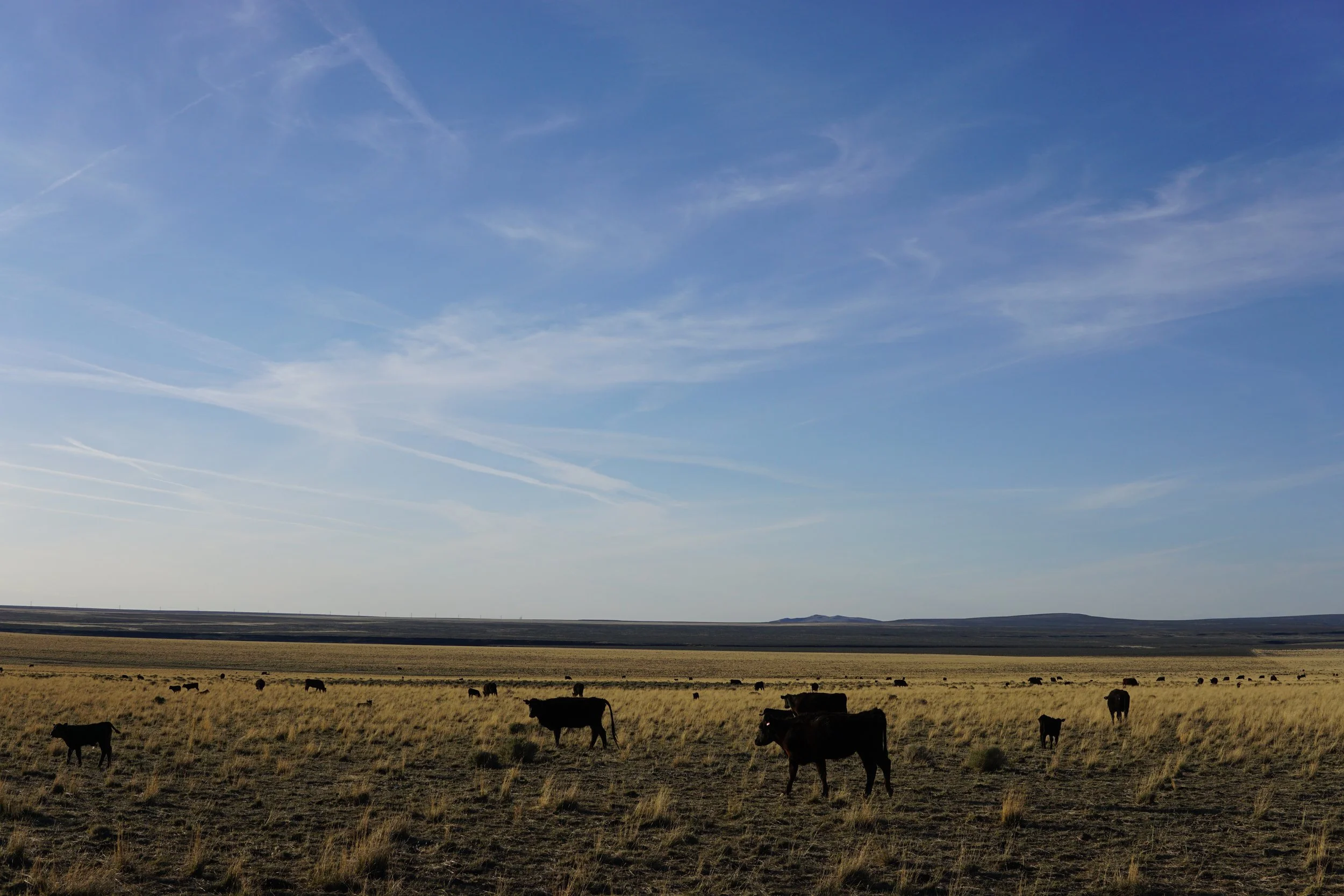The distinctive greater sage-grouse, with its spiked tail and memorable courtship display with male birds inflating their yellow neck sacs, is a ground-dwelling bird that lives in the sagebrush ecosystem in the western United States and portions of Canada.
Read MoreBuilding off the success of years past, our partnership entered into Fiscal Year 2021 with a strong vision for conservation and resiliency in the sagebrush biome.
Read MoreDuring the week of May 16th, the Sage Capacity Team convened in St George, Utah to celebrate accomplishments, share ideas, and tour several project sites located on the Bureau of Land Management’s Arizona Strip District.
Read MoreLearn about this portal via this webinar and explore it here.
Read MoreThe IWJV constantly strives to connect the best and latest science to our partners in the field. That’s why we’re excited to announce the formation of our new Science to Implementation team to help do just that.
Read MoreThe newly announced America the Beautiful Challenge (ATBC) by the National Fish and Wildlife Foundation (NFWF) provides a unique opportunity to leverage and connect partners with strategic priorities related to sagebrush restoration and management and Water 4 conservation.
Read MoreThe USGS worked closely with partners in the BLM, USFWS, and IWJV to collect and summarize spatial datasets that describe where and how much invasive annual grasses have infested the sagebrush biome.
Read MoreThis curated and regularly updated list includes top peer-reviewed science papers as well as resources developed from this body of science that can help inform our partners’ work on the ground.
Read MoreAs forward momentum for the Outcome-Based Grazing program continues, land managers are setting new goals and looking to widen the reach of the program.
Read More








